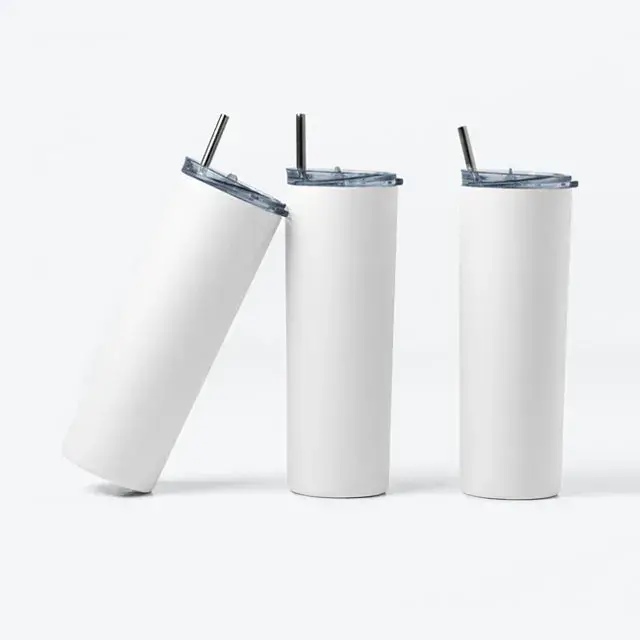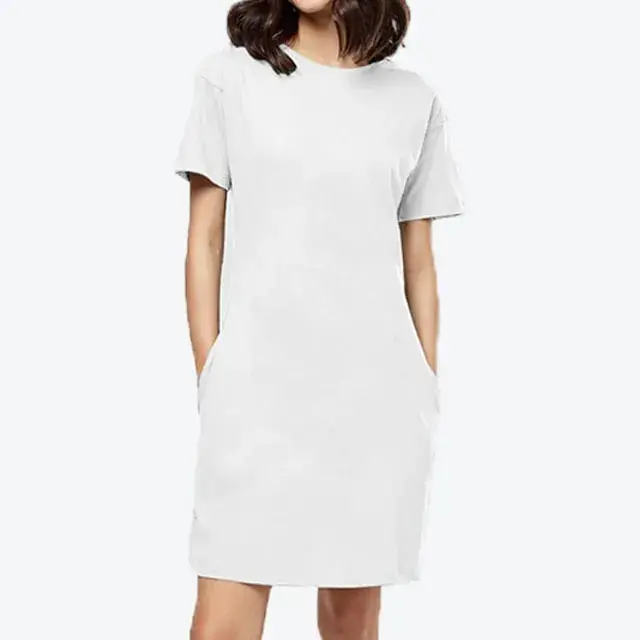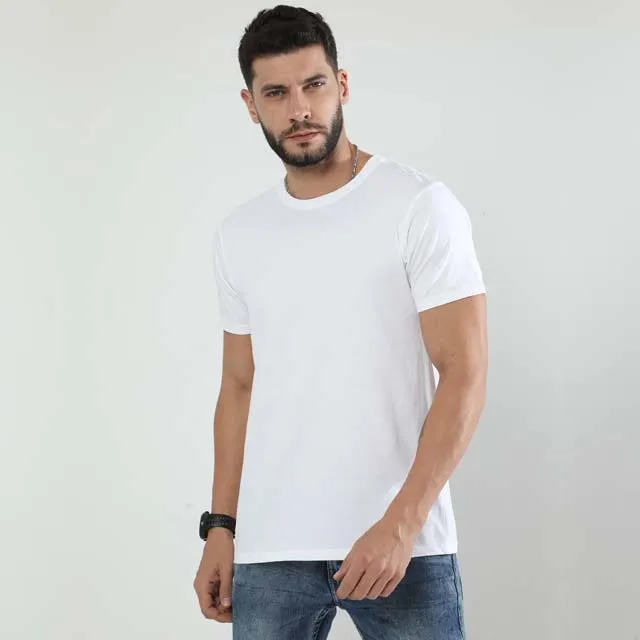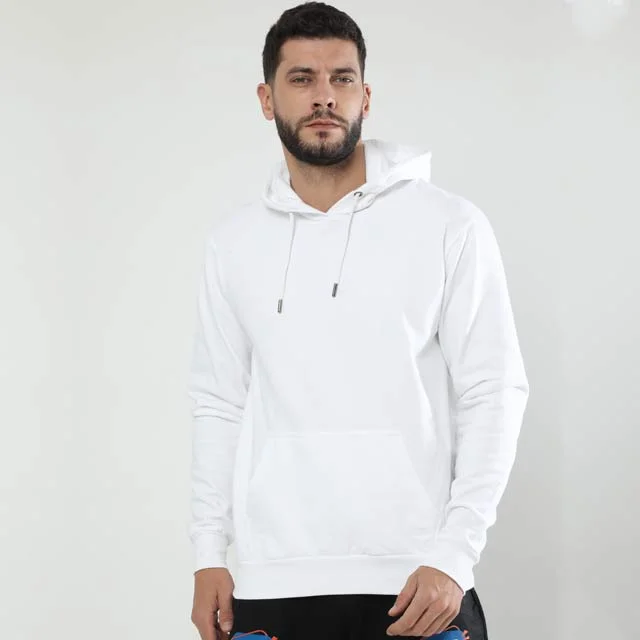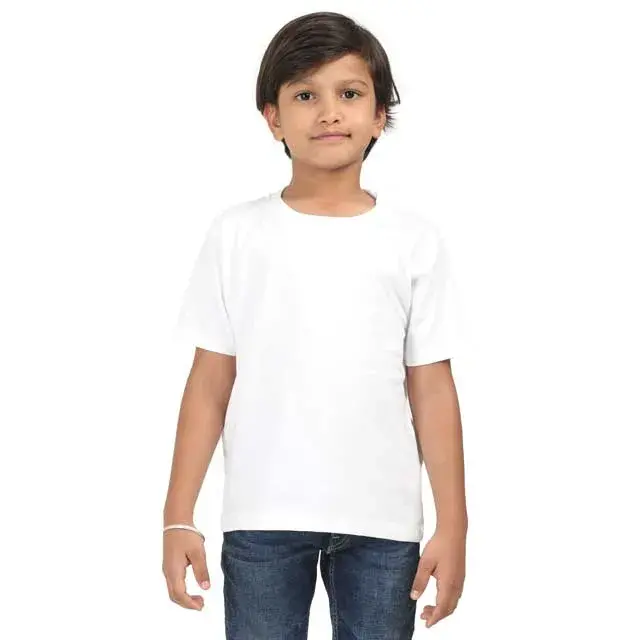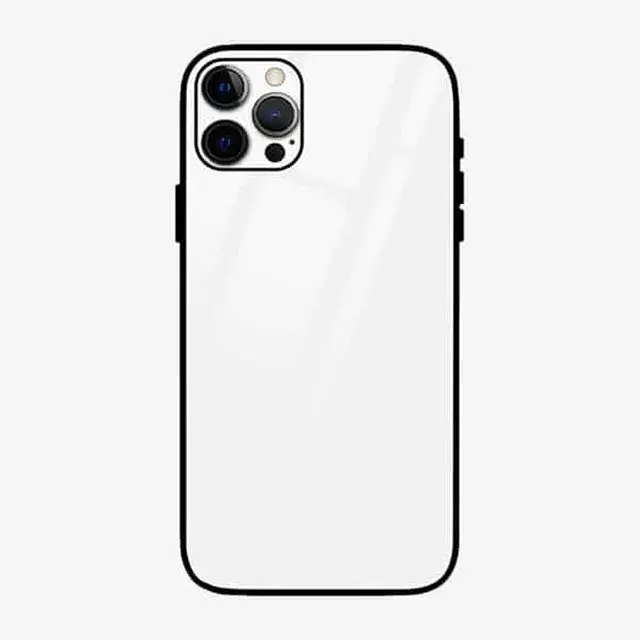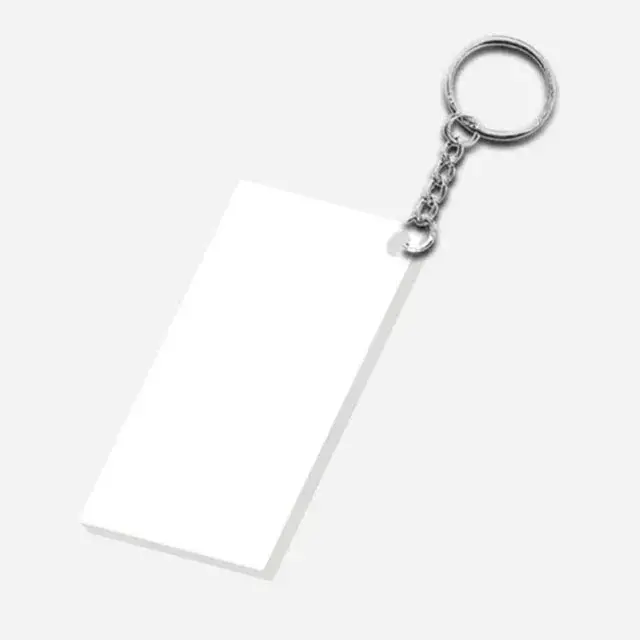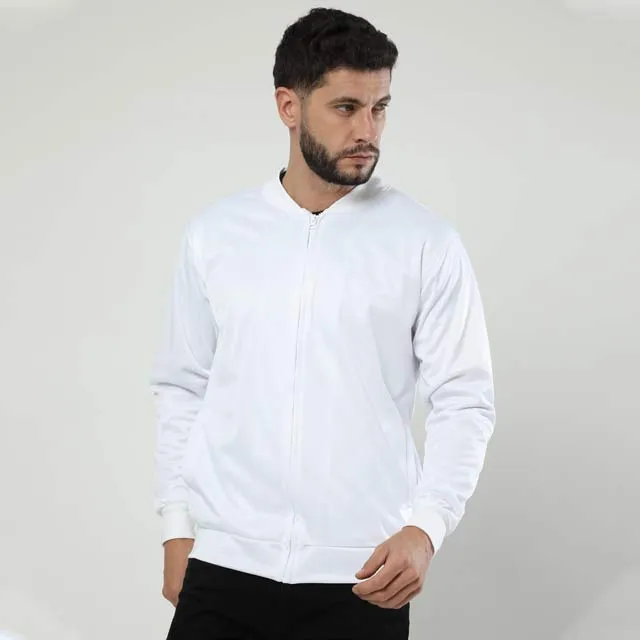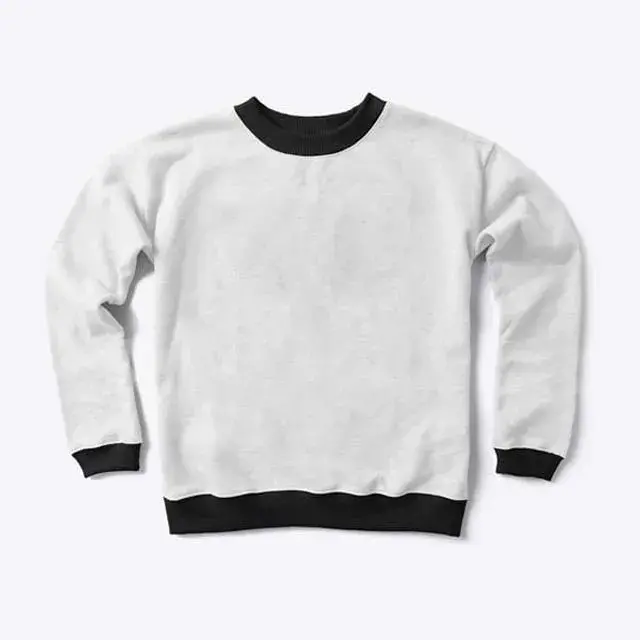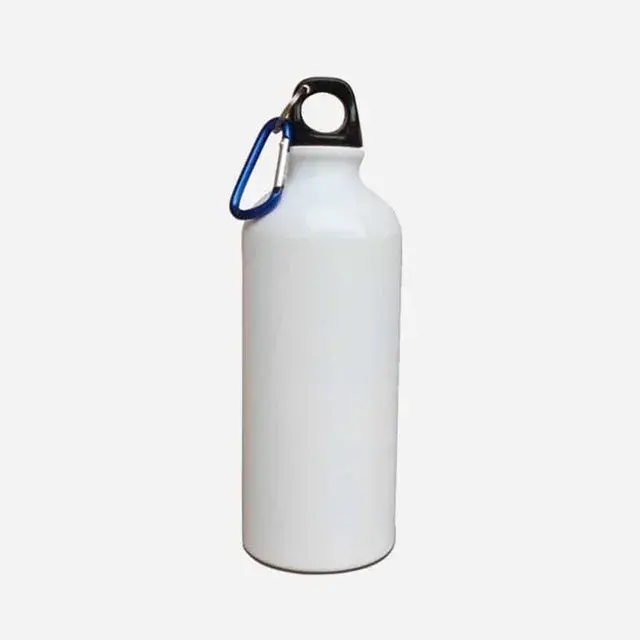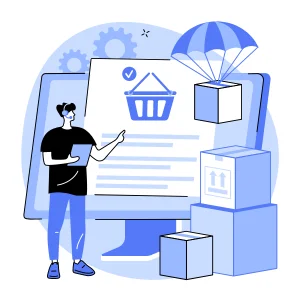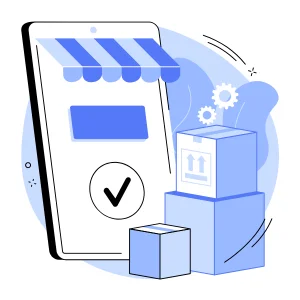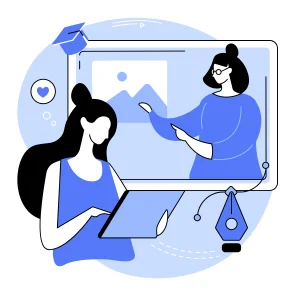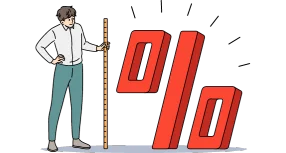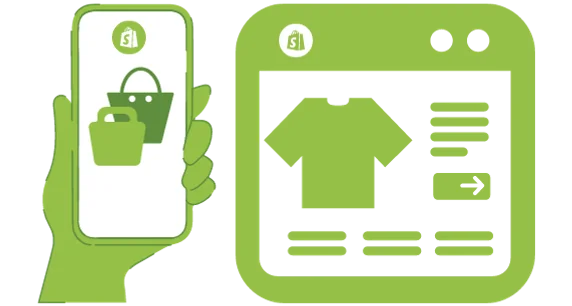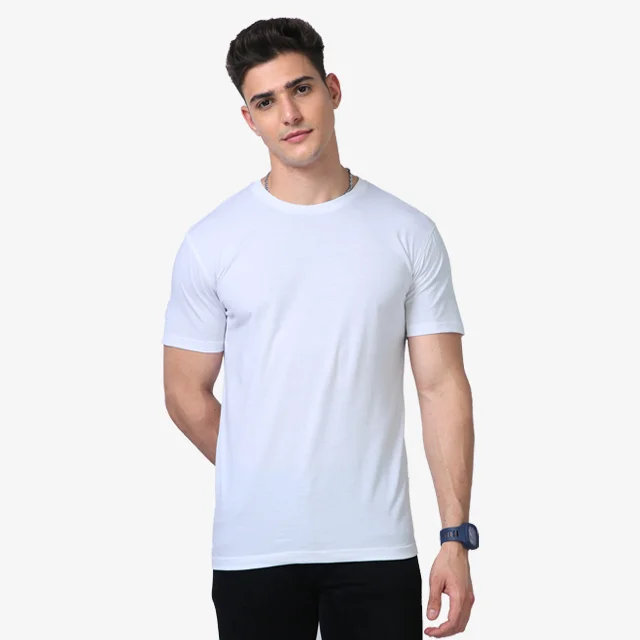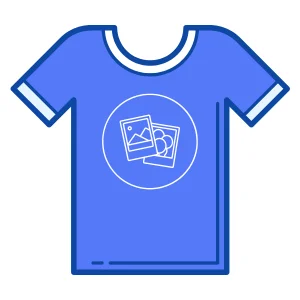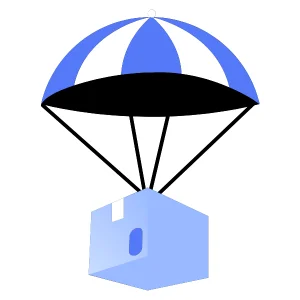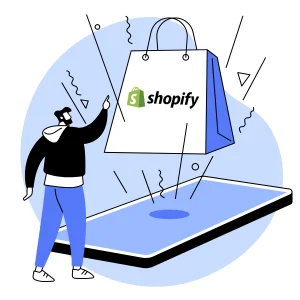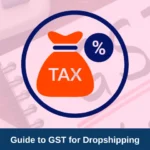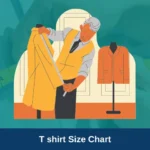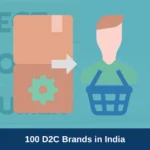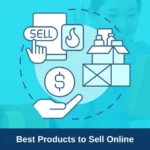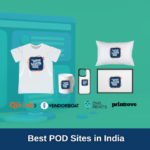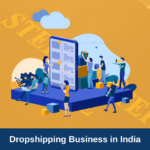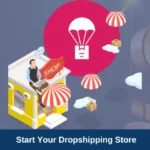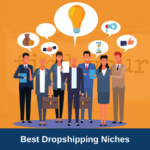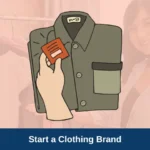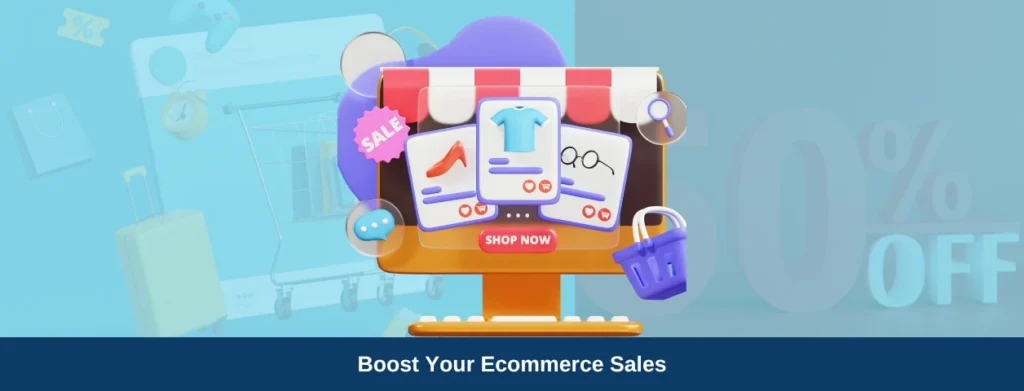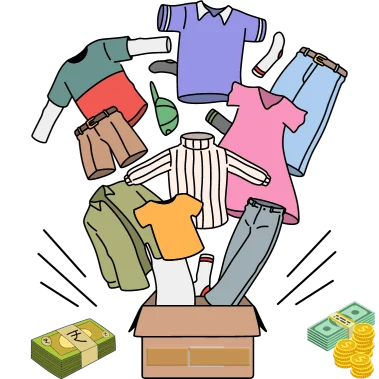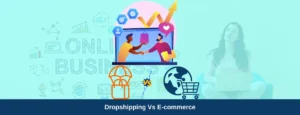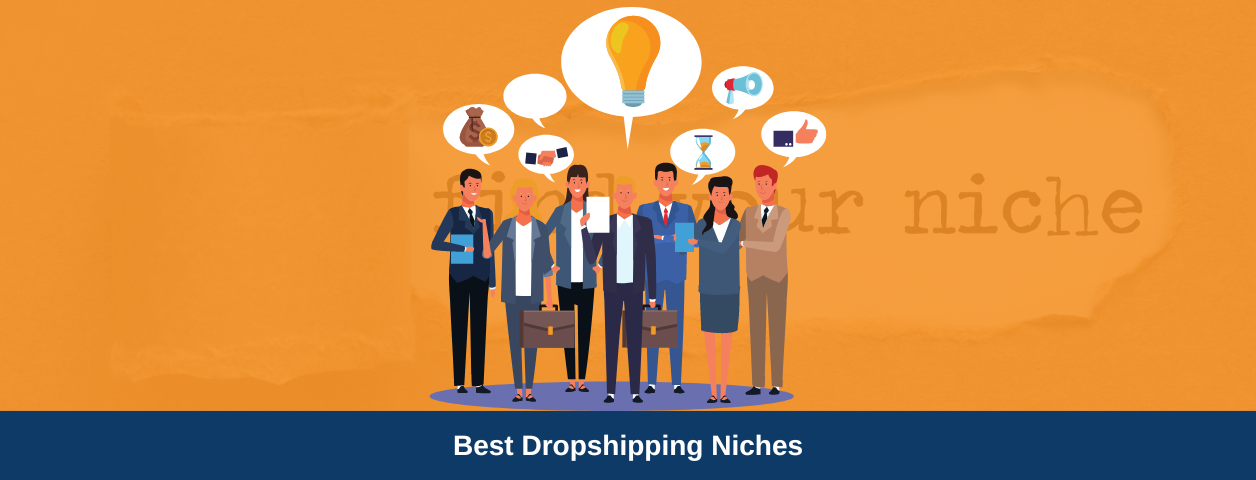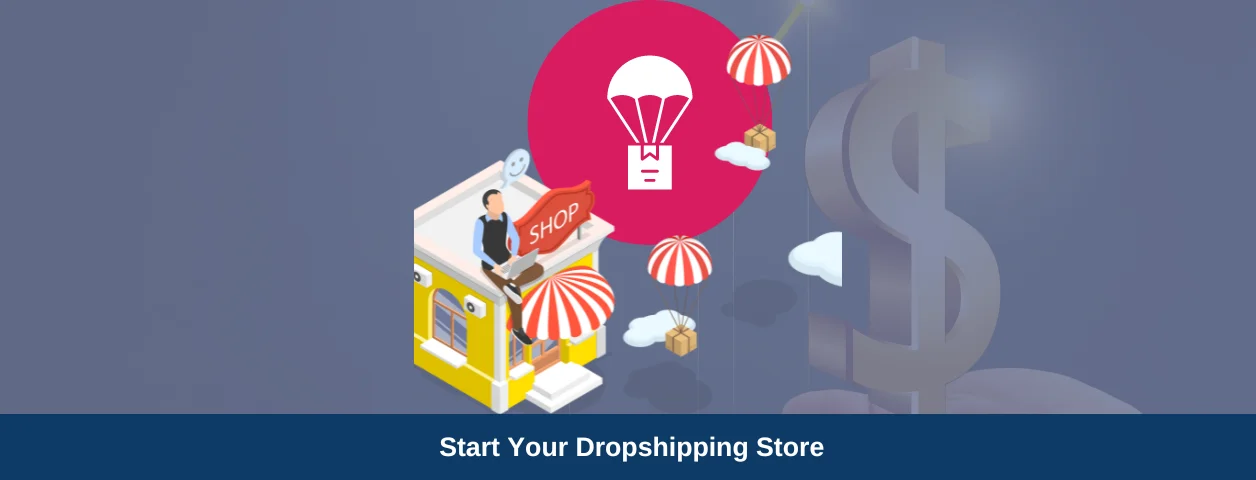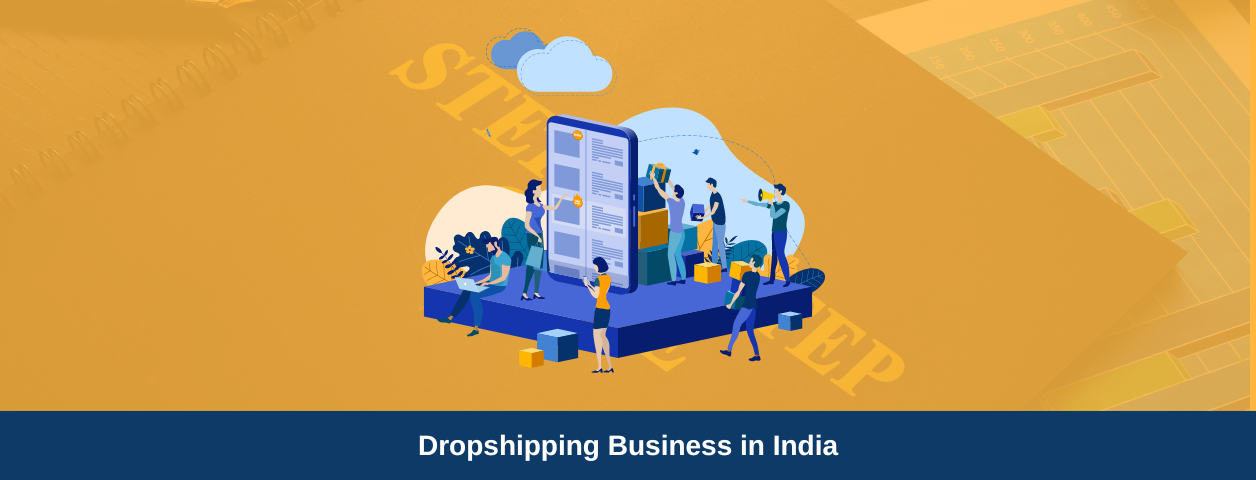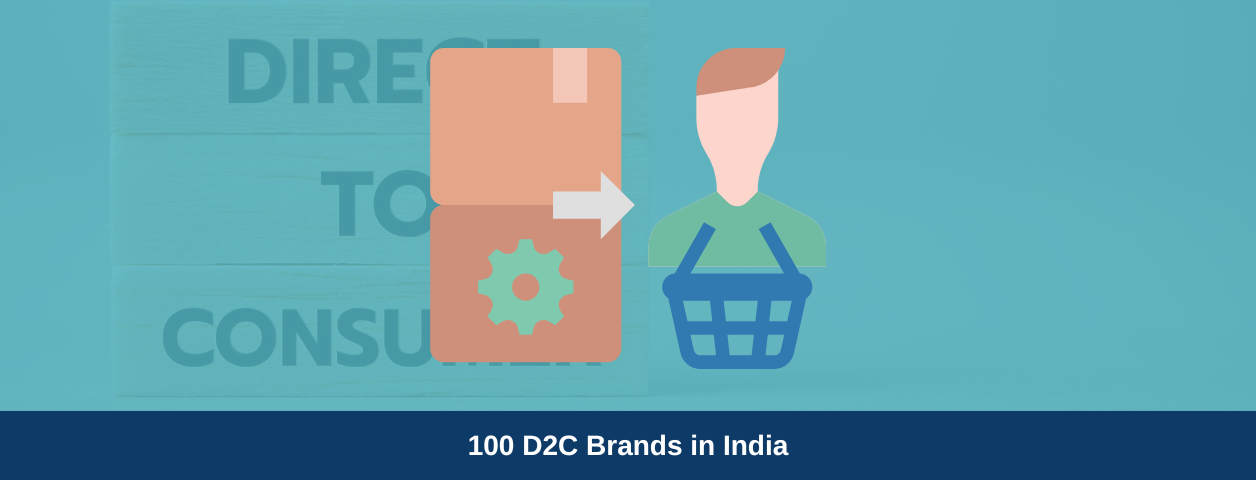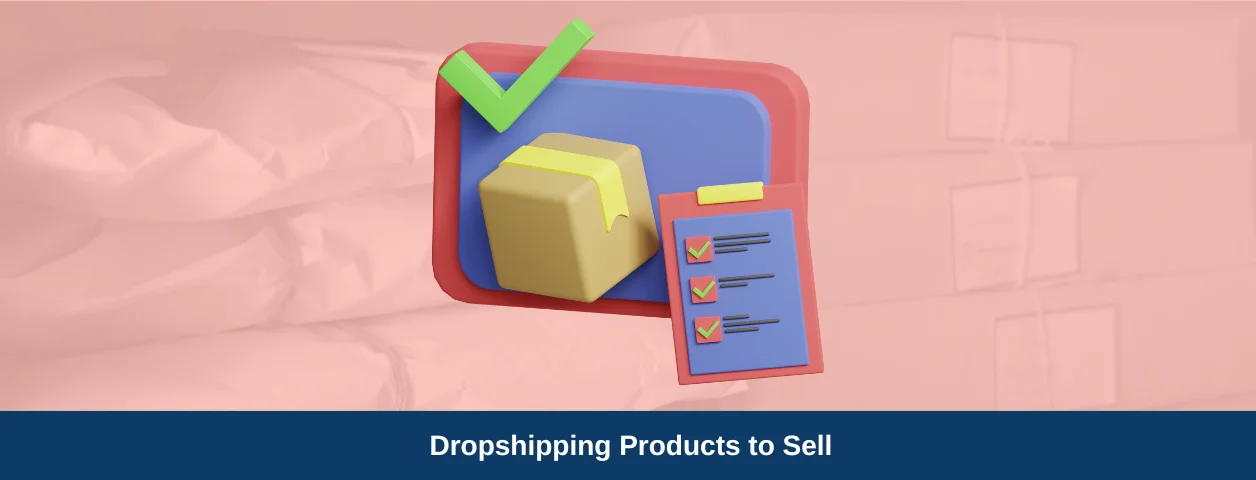We studied the top eCommerce brands with one goal— to understand what strategies these ecommerce stores use to increase product sales.
As a result: We found out these 18 key lessons on increasing ecommerce sales.
If you own an ecommerce store and want to optimize your site UI/UX, these tips will boost your conversion rate and sales.
Let’s start.
NOTE: If you want to start your clothing ecommerce business or a print on demand store, you can use Qikink to get started for FREE
No minimum order quantity, high quality printing, delivery and shipping included. Trusted by 50,000+ sellers.
1. Highlight benefits and features in the image gallery
People browsing online don’t have all day. They want to quickly understand if a product solves their problem or offers something they desire. That’s where your image gallery comes in.
Here’s how you can correctly highlight the features and benefits of your product through the image gallery.
- Go beyond basic product shots: Instead of just showing the product itself, use your images to tell a story. 78% of online shoppers pay attention to products with life-like images. Show the product in action and that it is being used by customers. Include close-up shots that emphasize unique features.
- Focus on benefits, not just features: Don’t just list technical specifications. Use your images to show how the product will improve your customer’s life. Will it make them look stylish? Organized? More relaxed? Let the visuals communicate that.
- Use multiple images: Don’t limit yourself to a single product shot. Show the product from different angles, include lifestyle images, and add detail shots. The more images you have, the better you can tell the product’s story.
Below are two good examples of using an image gallery to show more than just your product.
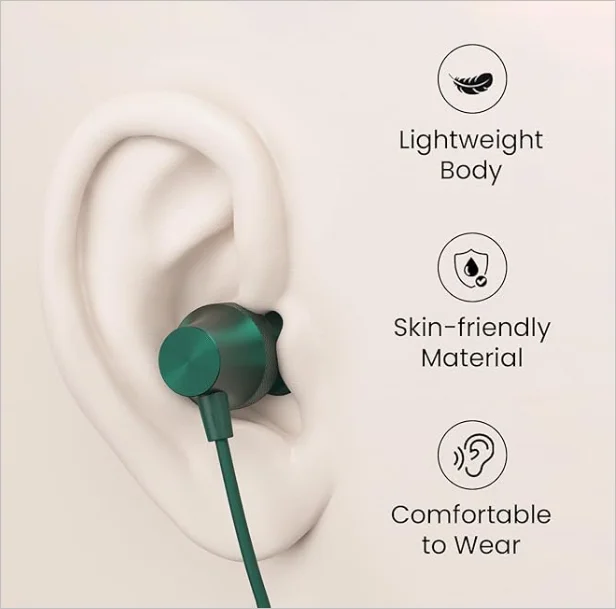
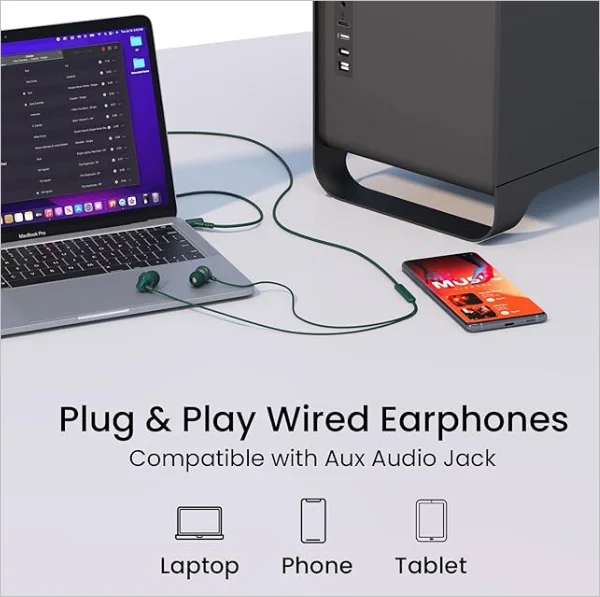
2. Create product FOMO
Have you ever seen something online that seems incredibly popular, and suddenly, you just have to have it, too? That’s the power of FOMO or Fear of Missing Out. It’s a marketing strategy that plays on our desire to be part of something special and not miss out on a great deal.
In ecommerce, you can use FOMO to create a sense of urgency and encourage customers to buy before it’s too late. 60% of people make purchases because of FOMO.
Here’s an example from Amazon:
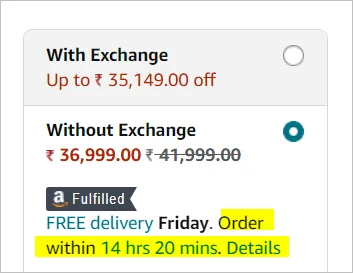
You can see that the price will be the same only for the next 14 hours and 20 mins. This limited-time offer is what helps in creating FOMO.
Here are some popular ways to do it:
- Limited-time offers: Flash sales, countdown timers, and discounts that expire in a specific timeframe create a sense of urgency. Customers will be more likely to buy if they think they might miss out on a good deal.
- Limited quantities: Let customers know if a product has limited stock. Phrases like “Only 5 left in stock!” can make them feel like they need to act fast to secure theirs.
- Highlighting popularity: Show off how popular a product is. Use social proof like customer reviews, “trending” badges, or displaying how many people have viewed or added the product to their cart. Seeing others interested can create a bandwagon effect and encourage more purchases.
- Scarcity notifications: Inform customers when popular items are about to sell out or if they’ve viewed a product that’s low in stock. This can be a gentle nudge to remind them not to miss their chance.
However, don’t overuse this FOMO tactic, as it can lose its effectiveness.
3. Allow customers to quickly compare with similar products
Ever spent ages flipping back and forth between tabs, trying to decide between similar products? It’s a frustrating and exhausting experience. Most of the time, this can lead to customers abandoning their carts altogether.
That’s why making it easy for customers to compare similar products in your ecommerce store is crucial. A streamlined comparison feature helps them weigh the pros and cons quickly and confidently.
For example, take a look at the two e-commerce websites below. Both of them have used this feature to compare products that are in a similar price range or use cases. This improves the buyer’s journey of the customer, and if you present the comparisons right, there’s a good chance of upselling them.
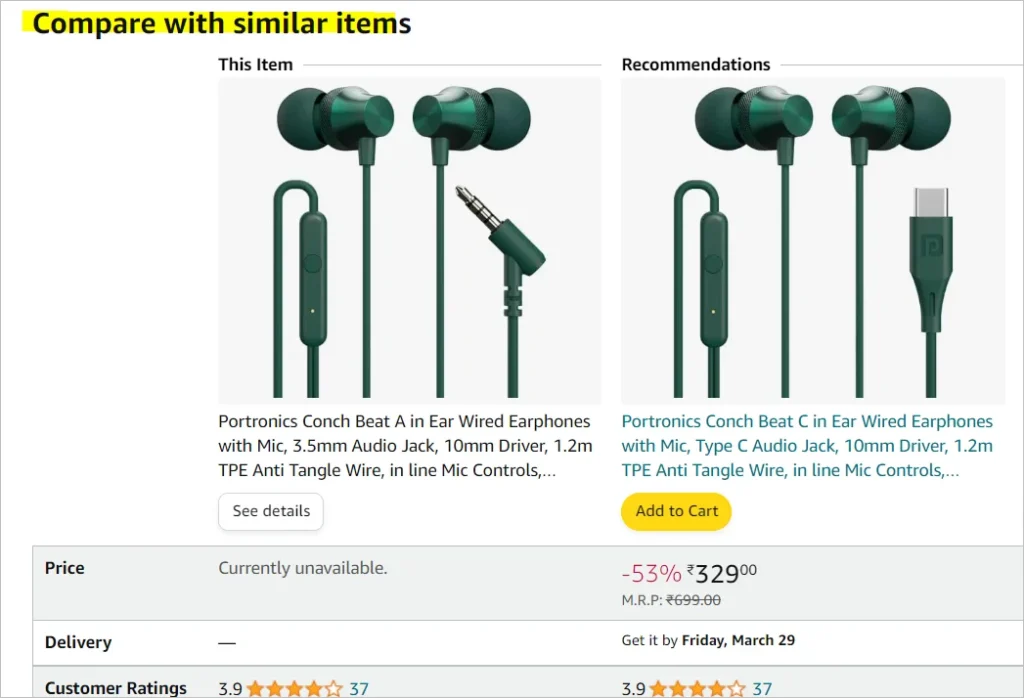
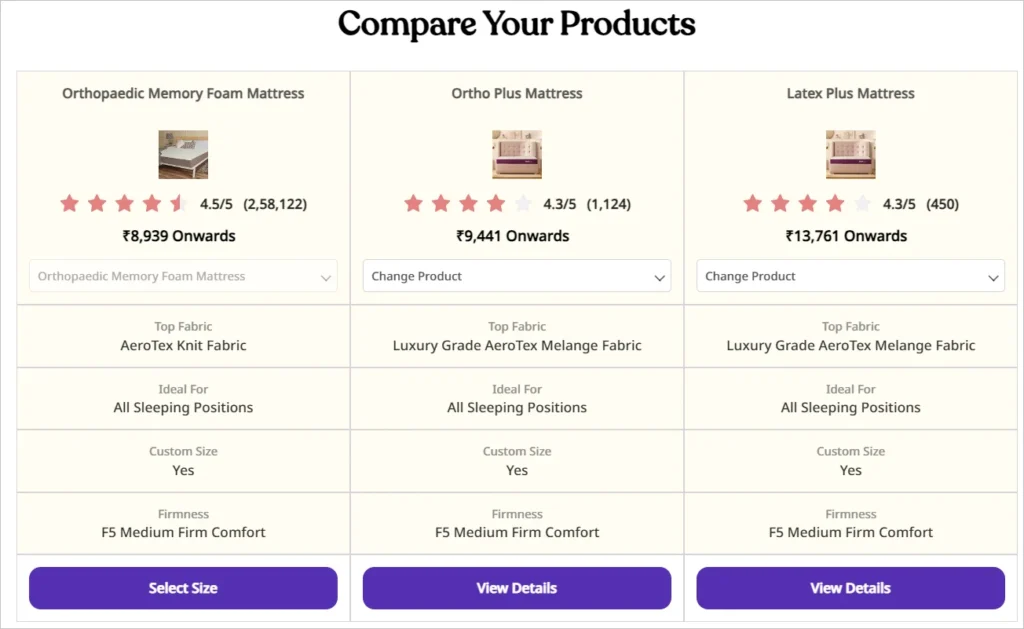
Here are three different ways to do product comparisons for your e-commerce website.
- Checkbox comparison: Add a feature where customers can select products from a category and then view a comparison table with key specifications.
- “Add to compare” button: Let customers add products to a dedicated comparison list as they browse. This is helpful for those considering multiple options across different categories.
- Side-by-side comparison on product pages: For very similar products, consider displaying a comparison chart directly on the product page itself. This makes it super easy for customers to see the differences at a glance.
4. Invest in high-quality product images
In the online world, your product images are like salespeople on your website. They’re the first impression customers get, and they play a huge role in convincing them to buy. That’s why investing in high-quality product images is essential for any ecommerce business.
Research shows that consumers prefer product images that have a large key object, warmer colour, and high depth-field, as well as short, high-quality images.
Here are some reasons why investing in high-quality product images is necessary for e-commerce success.
- Images are your first impression and first impressions matter.
- People can zoom in and see details with good quality high-resolution images. This helps them in making the right choice.
- Good-quality images are associated with professionalism. Therefore, you will automatically gain credibility on your product.
- With good quality lifestyle shots, you can display your products in action. This helps the customer visualize how the product would fit into their lives.
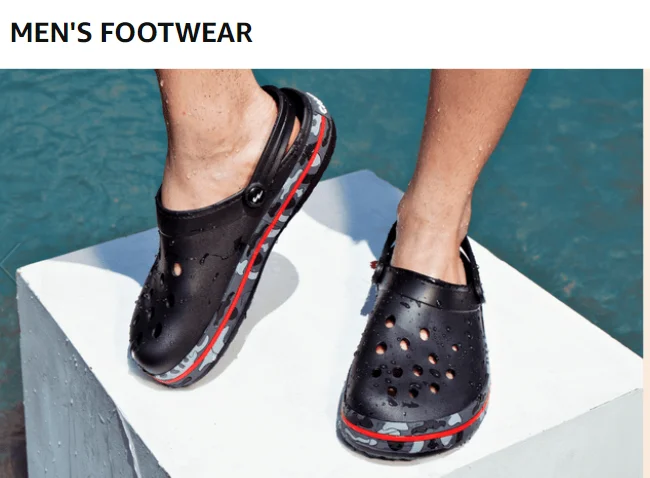

Here are some tips for you to get high-quality product images without breaking the bank.
- DIY Product Photography: With some basic equipment and know-how, you can take great product photos yourself. There are plenty of online tutorials and resources available.
- Hire a Product Photographer: For a more polished look, consider hiring a professional product photographer. They have the expertise and equipment to create stunning images that showcase your products perfectly.
- Use Stock Photos (Carefully): While not ideal for all products, high-quality stock photos can be a good option for certain items. Just make sure the images are relevant to your brand and product, and avoid generic-looking stock photos.
👉 Recommended reading: How to start your eCommerce business in India (complete roadmap)
5. Offer video calls for high-priced products
When it comes to expensive products, customers often crave a more personal touch than just browsing online. That’s where video calls come in! Offering video consultations for high-priced items can be a powerful sales tool for ecommerce businesses.
Here’s an example from Wakefit that offers live video call support to showcase products to customers:
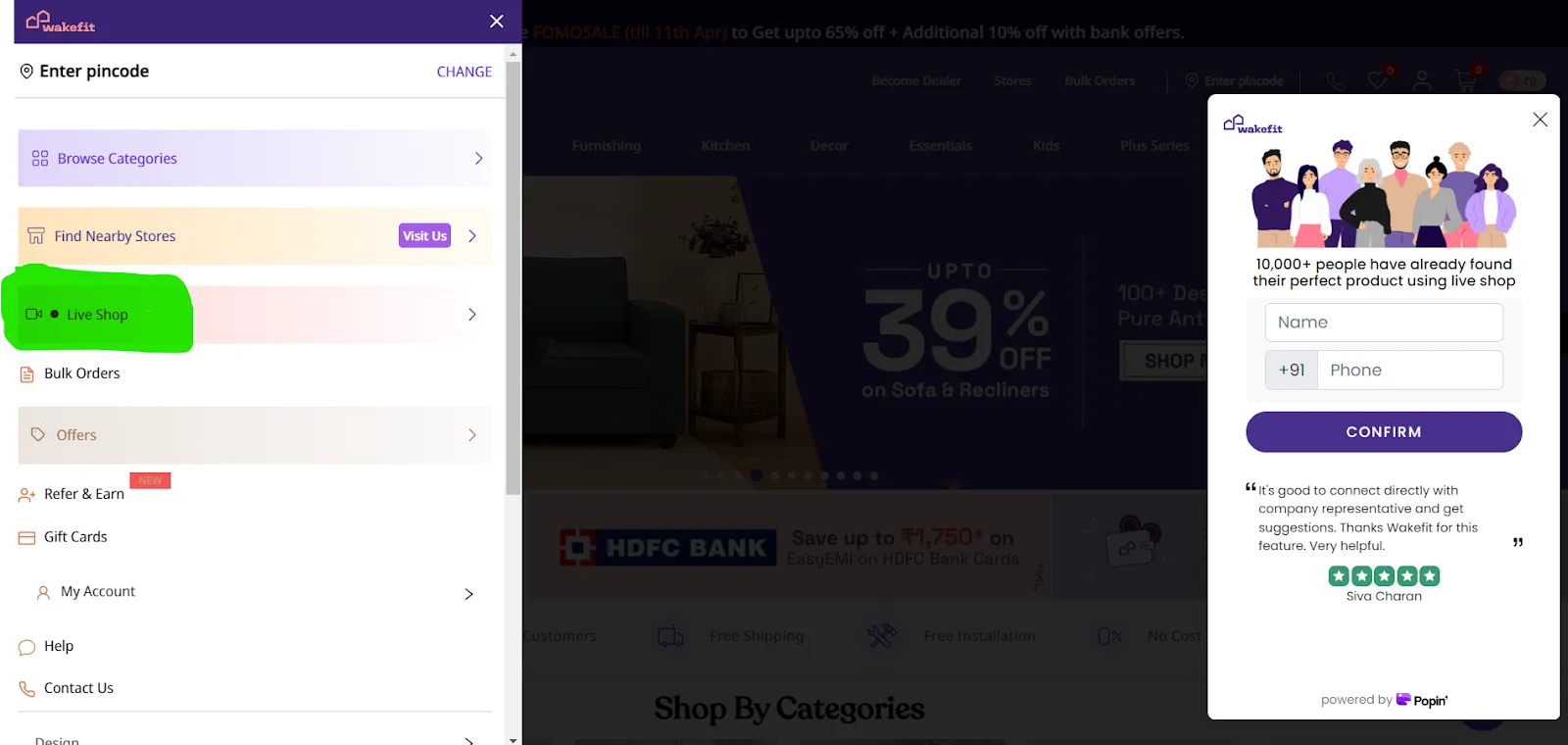
Here are some reasons why video call facilities are beneficial for high-range products.
- Builds trust- A video call allows you to connect with potential customers on a personal level. You can answer their questions in real-time, demonstrate product features in detail, and build trust through face-to-face interaction.
- Personalized product demo- During a video call, you can showcase the product in action, tailor the demo to the customer’s specific needs, and address any concerns they might have.
- Better convincing- Sometimes, the high price tag can be a barrier to purchase. A video call allows you to address objections directly, clarify product value, and make the customer feel more comfortable about investing in a premium item.
- Adds value- The personalized attention and expert guidance offered through a video call can add perceived value to your high-priced products. Customers feel like they’re getting something extra for their money, making them more likely to buy.
Keep these things in mind to nail your sales video calls.
- Train yourself/staff to be confident in using technology like video calls and effectively communicating the product’s benefits.
- Offer flexible scheduling options to customers and manage all the appointments using a chamfer tool.
- If you will be presenting a slideshow or product video, make sure it is high quality and highlights the benefits of the product.
- Arrange a follow-up call a few days after the main appointment.
6. Add trust badges to your product pages
In India, only after COVID-19 did people in tire-2 and tire-3 cities fully accept online shopping. Before that, there was always a worry that they may get scammed. Shopify says that almost 17% of cart abandonment happens due to online security concerns.
Unfortunately, due to online shopping scams, there is still fear. This is why people prefer to shop only on big-name e-commerce platforms like Amazon, Flipkart, Ajio, etc.
However, if you have your e-commerce website, you can gain their trust through trust badges. They are a simple way to show your customers that your store is legitimate and secure.
Here are some common trust badge examples for eCommerce stores:



Here’s how different trust badges can build confidence:
- Security badges: These show your site uses encryption (like an SSL certificate) to keep customer data safe during checkout.
- Payment method badges: Displaying logos of trusted payment processors like Visa, Mastercard, or PayPal assures customers their payment information is secure.
- Guarantee badges: Badges highlighting your return policy or warranty let customers know they can return the product if they’re unhappy.
- Review and rating badges: Badges showing positive customer reviews from trusted platforms like Trustpilot or Google Shopping add social proof and build trust.
- Other badges: Badges showcasing certifications (like cruelty-free or vegan for certain products) or memberships in industry associations can further increase trust with specific customer segments.
7. Copywriting that balances between features and benefits
Have you ever browsed online stores and come across product descriptions that felt like a jumble of technical specs? You might be left wondering, “What does this even mean for me?”
90% of online shoppers are influenced by product descriptions when making purchase decisions. Effective product copywriting goes beyond just listing features. It bridges the gap between those features and the benefits they offer to your customers.
Follow these steps to make your ad copies more impactful.
1). Start with product features
Think of features as the “what” of your product. They’re the concrete details that describe its functionalities and specifications. Here’s how to present features clearly.
- Simple Language: Avoid technical jargon and confusing terms. Use clear, concise sentences that anyone can understand.
- Bullet Points: For multiple features, use bullet points for easy scanning and readability.
- Focus on Value: Highlight features that directly benefit the customer.
For example, instead of saying “Our blender has a 1000-watt motor,” you could write:
“1000-watt Motor: Power through even the toughest ingredients for perfectly smooth results.”
Product feature example from Wayfair:
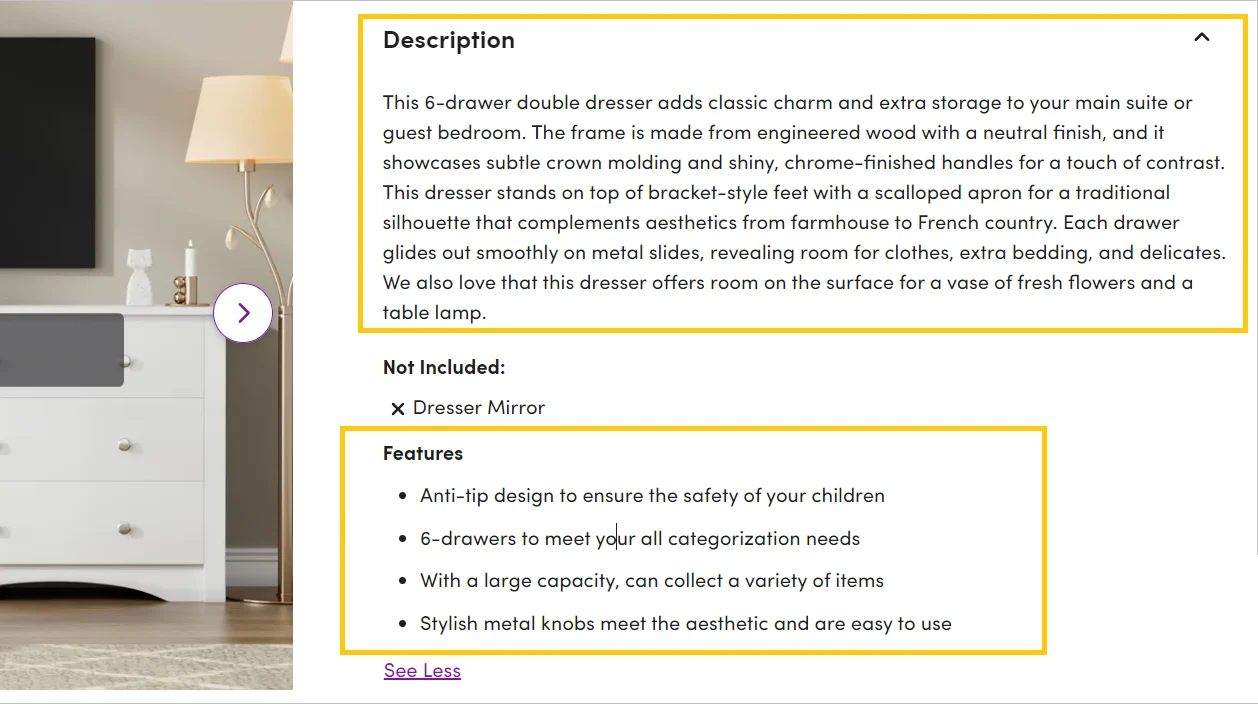
2). Address the “Why” & “How”
Now that you’ve established the “what,” let’s move on to the “why.” This is where you address the unspoken questions lingering in your customer’s mind.
Like, “Why should I buy this product?”
Or “How will it solve my problem or improve my life?”
By posing these questions directly in your copy, you tap into the customer’s psychology. It makes them feel heard and understood.
3). Give answers
Now, this is where you do your convincing. Answer the questions you raised about the features by highlighting the benefits they provide. Benefits are the “so what” – the positive outcomes your product delivers for the customer.
Benefits connect with emotions and desires. They paint a picture of how the product will make the customer’s life easier, better, or more enjoyable.
Following our blender example, you could answer the “why” question like this:
“1000-watt Motor: Power through even the toughest ingredients for perfectly smooth results, making healthy eating and delicious smoothies a breeze.”
See how we connected the powerful motor feature to the benefit of effortless blending and healthy meal options? This approach creates a compelling message that resonates with the customer’s needs. Copies like these work better as they are highlighting the customer’s benefits.
8. Product videos
Your website might offer products or services that can’t be explained well through still images. Or maybe it could be, but having a product video will put it in a better perspective.
Studies show that 68% of shoppers are influenced by reviews that contain photos and videos. So, instead of relying on reviews, it is better to post product videos on your own.
Check out how Amazon allow sellers to include product videos to boost sales:
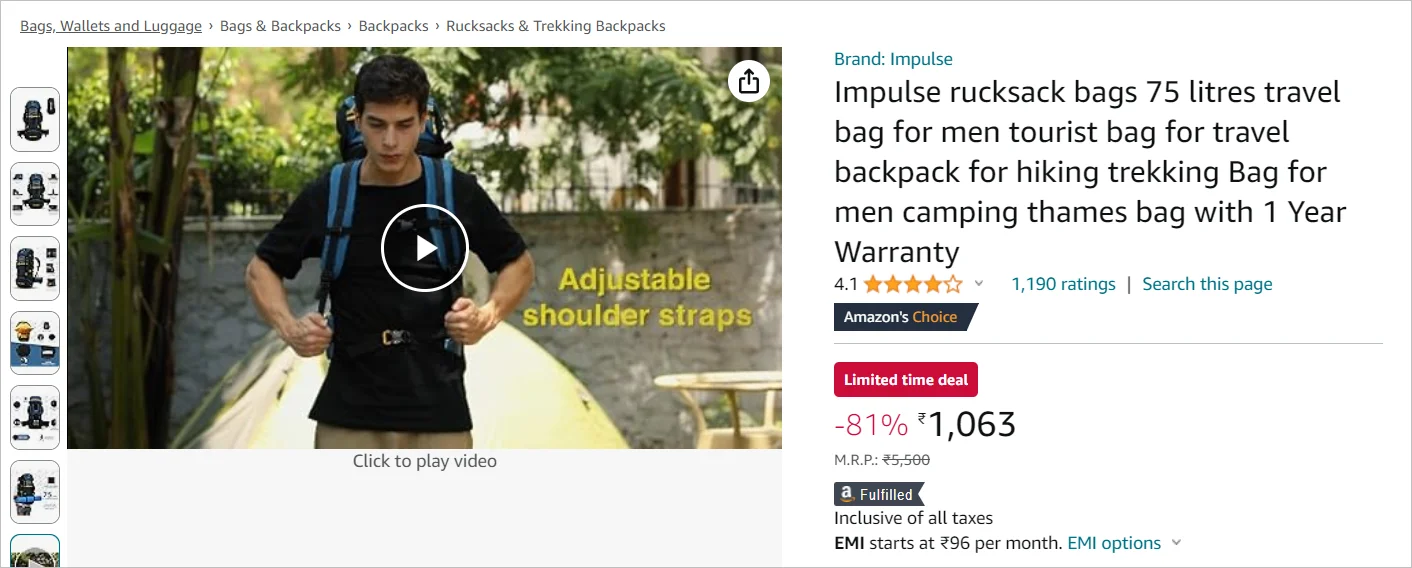
Here are some benefits of using product videos.
- Bring Products to Life: Videos allow you to visually demonstrate your product’s features and functionalities.
- Boost Engagement: Moving visuals are inherently more captivating than text alone. Videos keep viewers hooked and interested in learning more.
- Highlight Benefits in Action: Show, don’t just tell! Videos can effectively demonstrate how your product solves customer problems and improves their lives.
- Build Trust and Credibility: High-quality product videos portray a professional brand image and give customers a sense of security about their purchase.
- Increase Conversions: Studies show that product pages with videos are more likely to convert website visitors into paying customers.
There are many creative ways to use product videos in your ecommerce strategy. Here are a few ideas.
- Product Demos: Walk viewers through the key features and functionalities of your product.
- Lifestyle Videos: Showcase how your product seamlessly integrates into a customer’s daily routine.
- Customer Testimonial Videos: Let satisfied customers share their positive experiences with your product, building trust and social proof.
- Explainer Videos: Use animation or motion graphics to explain complex product features in a clear and engaging way.

9. Free shipping
Free shipping is more than just a delivery option; it’s a psychological trigger that can significantly impact your customers’ buying decisions. By strategically offering free shipping, you can leverage these psychological factors.
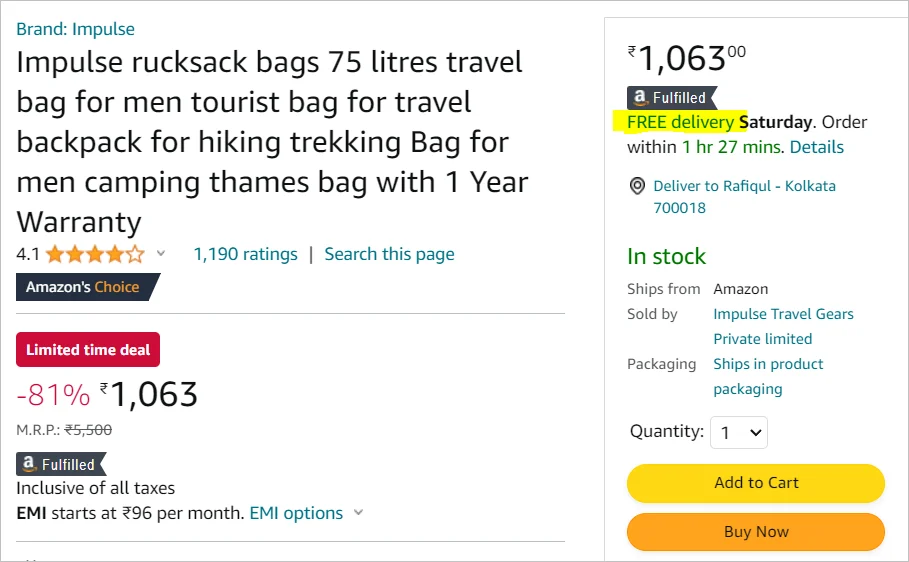
Here’s how it works:
1). People think they’re getting more value
Seeing “free shipping” removes an unexpected cost from the checkout process. This makes the overall price of the product feel more attractive and increases its perceived value in the customer’s mind.
2). Less calculation needed
Eliminating the shipping cost removes a potential barrier to purchase. Customers don’t have to worry about surprise fees or do mental calculations to factor in the total cost. This simplifies the buying decision and reduces friction at checkout.
3). Everyone loves the word “Free”
People are wired to find joy in getting something for free. Free shipping taps into this desire, making customers feel like they’re getting a special deal and scoring a little victory.
4). Human psychology
We tend to dislike losing things more than we enjoy gaining them. It is called the loss aversion. Free shipping removes the “loss” of having to pay extra for delivery, making the purchase more psychologically appealing.
10. Feature high-sale products
The idea is to capitalize on the love for deals that most online shoppers seek. By strategically showcasing your best-selling items at discounted prices, you can attract bargain hunters and boost your sales.
Here’s how you can implement this strategy:
Highlight Deals on Your Homepage:
Don’t wait for visitors to dig through your website to find your best deals. Feature them prominently on your homepage. This is prime real estate, and showcasing limited-time offers or sale items here can grab attention and entice visitors to explore further.
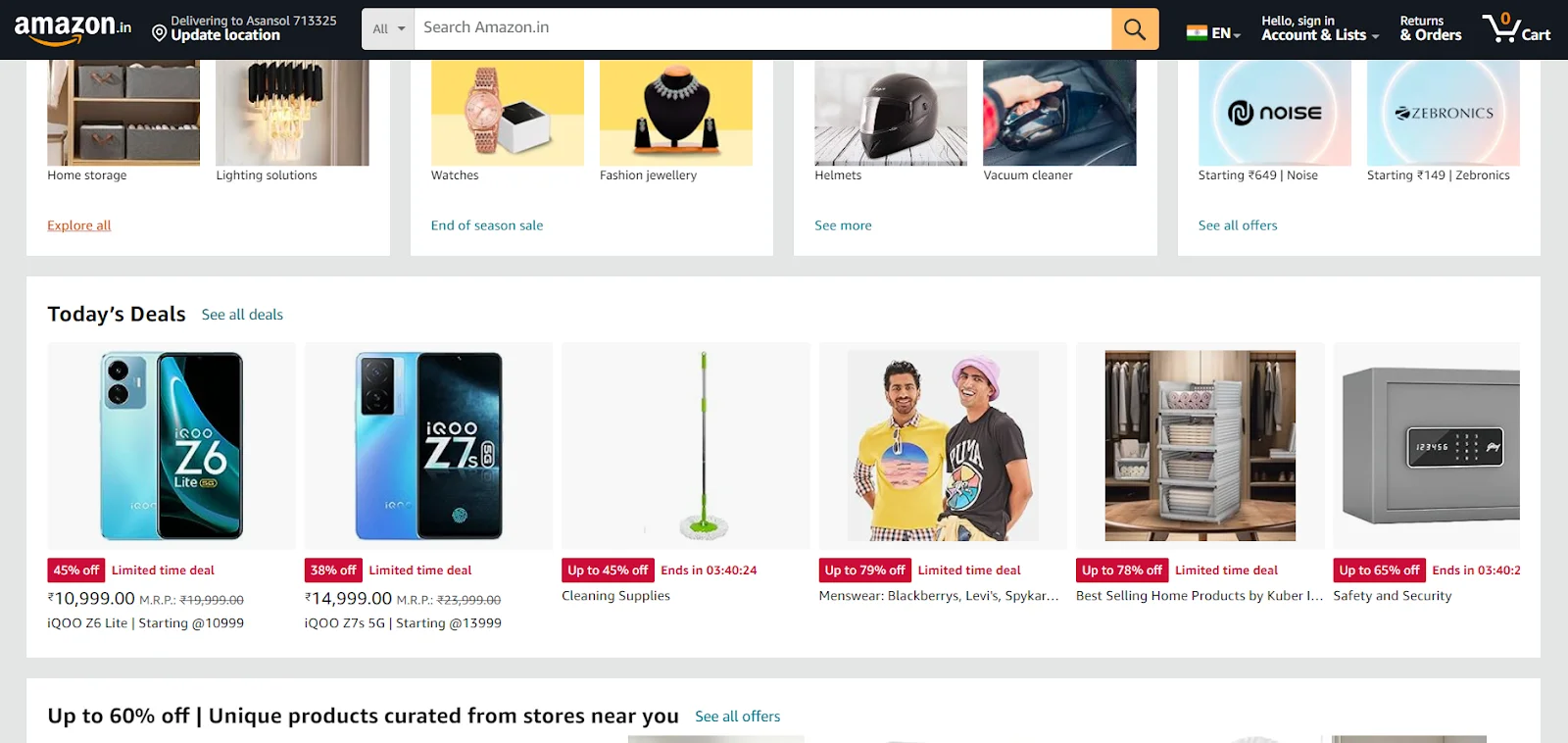
Create a Dedicated Deals Page:
A dedicated “Deals” or “Promotional Offers” page is a great way to organize your discounted products. This makes it easy for bargain hunters to find exactly what they’re looking for.
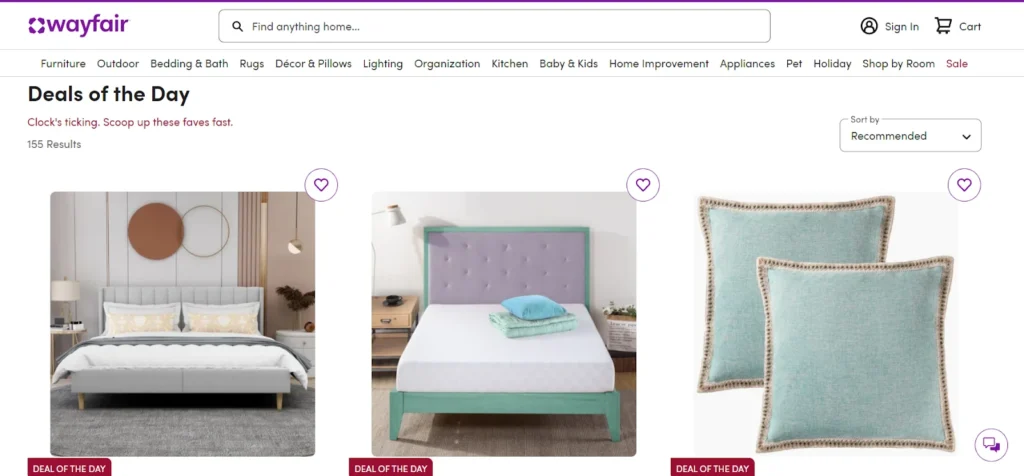
Include Sales in Category Pages:
Don’t forget to incorporate deals into your category pages as well. This way, shoppers browsing a specific category won’t miss out on special offers on related products.
11. Create a coupon page
This page isn’t necessarily for browsing products, it’s designed to attract shoppers who are already familiar with your brand and actively searching for deals. They might be typing in “{your brand name} coupon” or “{your brand name} discount code” on search engines.
Why is this page a good idea? Here’s why:
- Better brand awareness- A well-optimized coupon page that ranks high in search results increases brand visibility. When potential customers searching for your brand with discount keywords land on your coupon page, it reinforces brand recognition.
- More repeat customers- By having your own coupon page, you control the narrative. You can showcase your current offers and keep customers engaged with your brand, preventing them from heading to competitor websites or coupon aggregators.
- Targeted marketing- The coupon page allows you to tailor specific promotions to different customer segments. This could involve offering exclusive discounts for email subscribers or first-time buyers.
Check out how Wayfair created a sales and coupon page to give customers additional bonus:
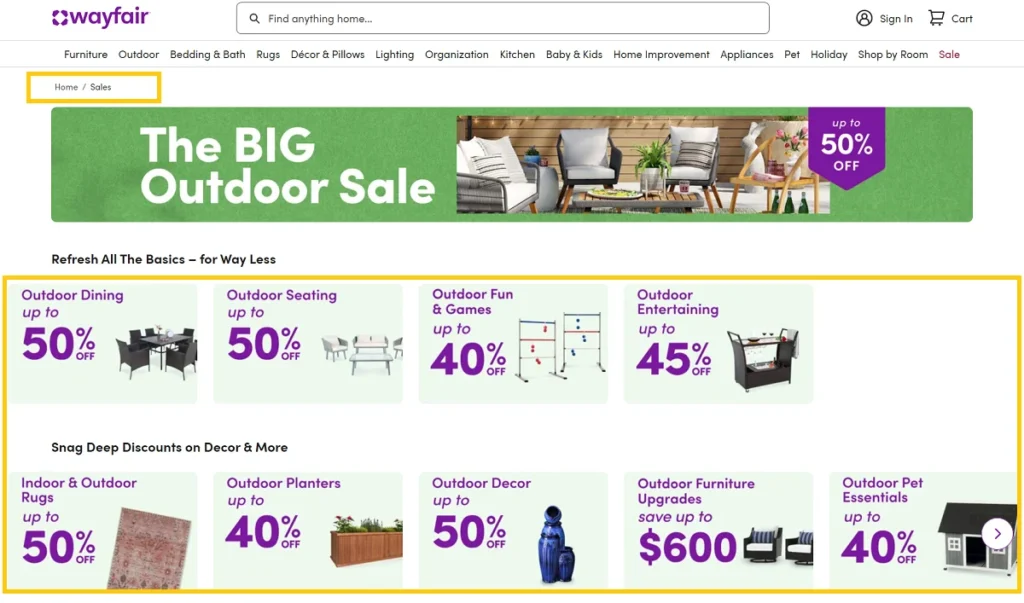
Here are the things that your coupon page should have.
- Coupon codes with detailed information regarding terms and conditions.
- Various coupon options. You can do category-wise discount coupons, limited-time offer coupons, free shipping coupons, etc.
- A CTA that tells them what to do next. Some good options can be “Kepp Shopping” or “Sing Up With Emails,”, but it depends on the intent.
12. Setup cart abandonment email
Imagine you’re at a store, filling your basket with goodies, but then something distracts you, and you leave it all behind. That’s what happens when people abandon their online shopping carts.
Here’s the thing: studies show that a whopping percentage of shoppers (around 70%) ditch their carts before checkout. That’s a lot of lost sales!
So, how can cart abandonment emails help solve this issue?
Well, cart abandonment emails are like friendly reminders to those who forgot their virtual shopping bags. They bring back business by reminding people that they need that particular item. Plus, they are easy to set up, as most email marketing platforms have this as a built-in feature.
Here are some tips for effective cart abandonment emails.
- Timing is key: Don’t bombard people right away. Give them a little time (like an hour or so) to remember their cart, then send a friendly reminder.
- Keep it clear and concise: The email should simply remind them about the goodies they left behind and make it easy to get back to checkout. Include a picture of the items and a clear button like “Complete Your Purchase.”
- Offer a little nudge (optional): Sometimes, a small incentive, like a discount code, can be the extra push someone needs to complete their purchase.
13. Collect and display customer reviews with images
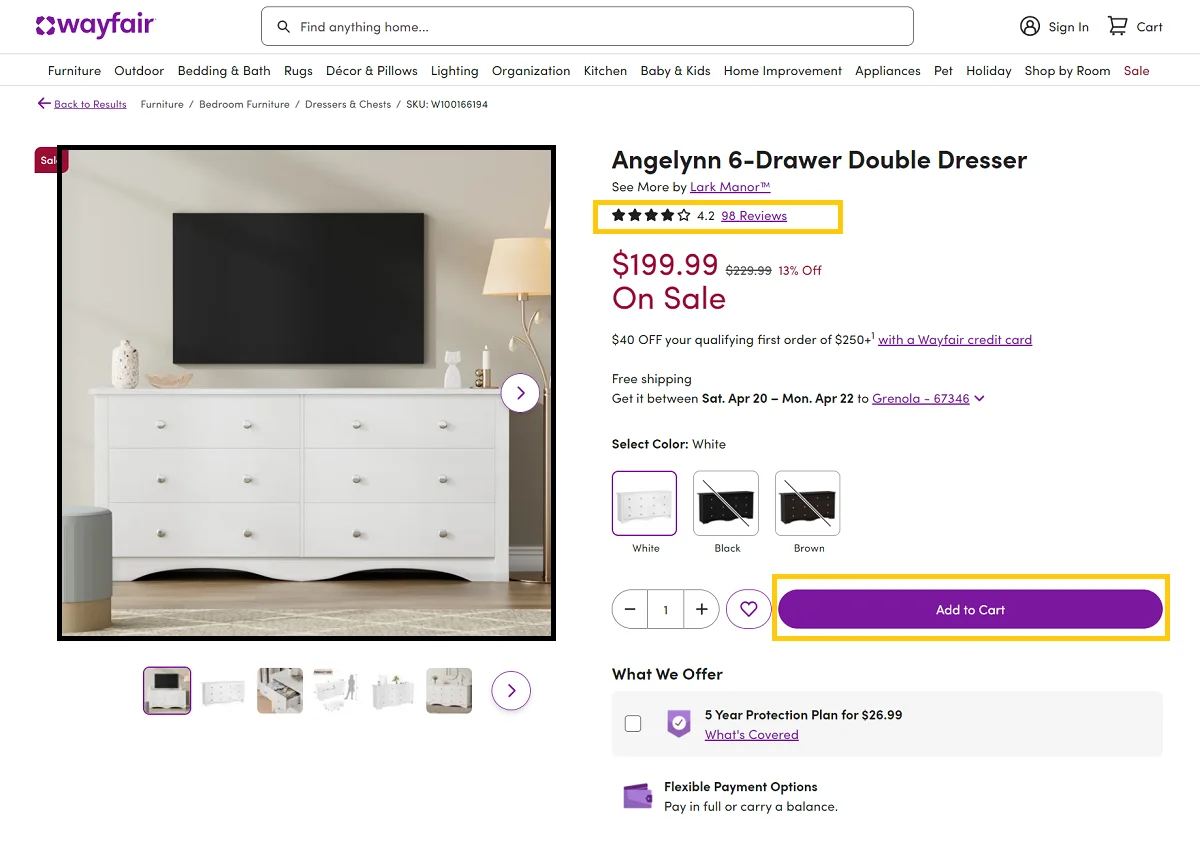
Online shoppers trust the opinions of previous shoppers more than anything. That’s why showcasing customer reviews with photos can be a powerful tool for your ecommerce store.
Why Customer Reviews with Photos Matter:
- They Build Trust: Seeing real customers using and loving your products builds trust with potential buyers.
- Help Boost Sales: Studies show that products with reviews and photos tend to sell better. People are more likely to buy something if they can see it being used and enjoyed by others.
- Give Social Proof: Photos add a layer of authenticity to reviews, making them feel more genuine and reliable.
However, not all of your customers will end up giving reviews. So to collect it from them here’s what you can do.
- Include a simple review form on your product pages with an option to upload photos.
- Give a small discount or reward to customers who leave reviews with photos.
14. Make it easy to contact support team
Online shoppers sometimes run into issues while browsing or purchasing. Just like anyone needing help, they want it to be quick and easy to find answers. If you fail to do that, you may lose a repeat customer.
Here are three simple ways you can make the contact support team efficient.
- Live Chat: This popular option allows customers to chat directly with a support representative on your website. It’s a great way for them to get real-time help with questions or problems, reducing frustration and keeping them on your site.
- Phone Support: Some customers prefer a voice-to-voice conversation. Offering a phone number allows them to speak directly with a support agent and have their concerns addressed.
- WhatsApp Contact: Many people use WhatsApp for communication. Providing support through this platform lets customers reach you on a familiar app they already use. This convenience can make a big difference in the customer experience.
15. Preferred payment options based on location
While choosing the payment options, you should consider the vast majority of your targeted audience.
Just like fashion trends vary around the world, so do preferred payment methods. For instance, in India, UPI (Unified Payments Interface) is a widely used and popular digital wallet option. If your store doesn’t offer UPI, you might be missing out on a large segment of potential customers in India.
So, do some research to understand the most common payment methods in the countries or regions you serve. There are many resources available online that can help you with this. You can also simply refer to popular e-commerce sites and see their payment methods.
TIP:
Don’t just bury the local payment options at checkout. Clearly showcase them on your product pages and during the checkout process to make it easy for customers to choose their preferred method.
An example of showcasing the payment options on the product page to increase eCommerce sales:
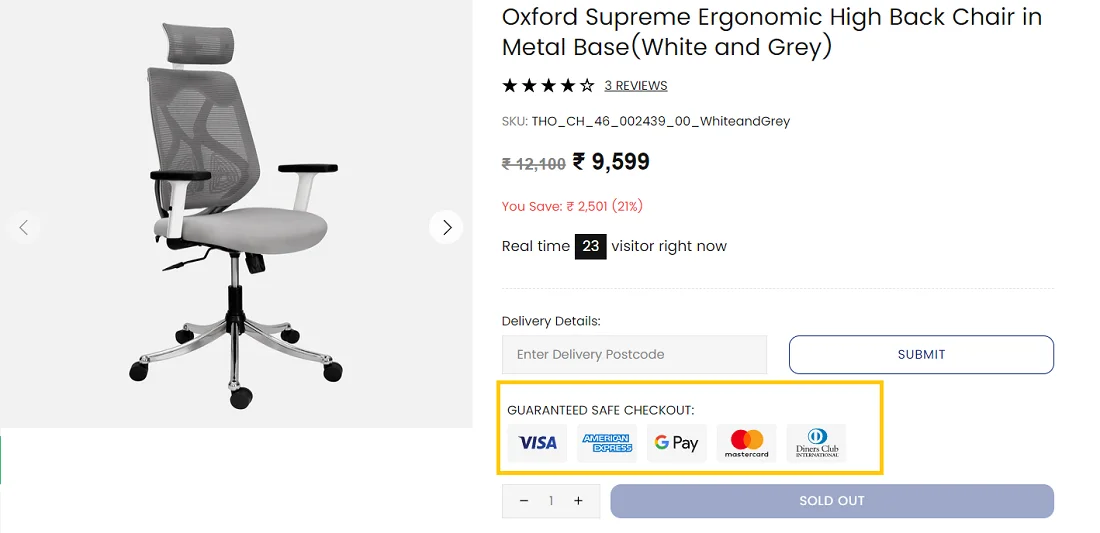
👉 Recommended reading on eCommerce:
16. Use AI to summarize customer reviews
Customer reviews are goldmines of valuable information about your products and services. But sifting through mountains of text can be time-consuming. Here’s where AI (Artificial Intelligence) can be another way to improve customer experience.

AI summarization tools automatically analyze large volumes of customer reviews and generate concise summaries highlighting key points, common themes, and overall sentiment (positive, negative, or neutral). (like the image above).
Apart from helping the customers, it also helps you understand the patterns of the comments and understand customer pain points.
But don’t just replace the original reviews with AI-summarized reviews. You can put the summary at the top, followed by the original customer reviews. This way, customers won’t feel that the AI review is fake or biased.
17. Anchor pricing strategy
Have you ever noticed how some stores display a higher price next to a lower sale price? That’s a common tactic called anchor pricing, and it leverages the way our brains process information to make deals seem more attractive.
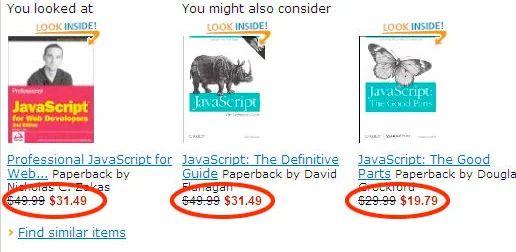

Here’s how anchor pricing works.
- The store first presents a higher, initial price for a product. This price acts as the “anchor” in your mind.
- Then, they display the actual selling price, which is lower than the initial anchor price. This creates the perception that you’re getting a much better deal.
But why does anchor pricing work?
Most of the time, we tend to judge prices in relation to other prices we’ve seen, especially if we have little clue about their true market price. By seeing a higher price first, the actual selling price seems much more reasonable and attractive in comparison.
Plus, the initial high price creates a sense of FOMO and suggests that the product must be valuable since it was originally priced higher.
Here’s how you can use an Anchor Pricing strategy.
1. Highlight Original vs. Sale Price
Clearly display both the original (anchored) price and the discounted selling price. You can use strikethrough text for the original price or make the sale price more prominent visually.
2. Limited-Time Offers
Combine anchor pricing with limited-time offers to create a sense of urgency and encourage customers to purchase before the deal expires.
3. Strategic Placement
Consider using anchor pricing for featured products or on category pages to grab attention and entice shoppers to explore further.
18. Organize your site homepage with high-profit and high-converting products
Your ecommerce homepage is like a storefront window – it’s the first impression you make on potential customers. So, it’s crucial to strategically organize it to showcase the products that are most likely to grab attention and convert visitors into sales.
To create an attractive homepage, you can do the things mentioned below.
Make Hero Banners
This is the prime spot on your homepage, often a large banner image or slideshow. Use it to feature your top-selling, high-profit products or highlight limited-time deals and promotions.

Build Product Categories
Don’t overwhelm visitors with every single product you offer. Instead, curate a selection of high-converting categories or subcategories that align with your target audience and profit margins.

Do the right product Placement
Within each category section, prioritize placement for products that have a good balance of high-profit margins and conversion rates. You can use a combination of factors like popularity, customer reviews, and profitability to determine placement.
Add CTAS
Don’t leave visitors guessing what to do next. Include clear and concise CTAs alongside your featured products. This could be buttons prompting visitors to “Shop Now,” “Learn More,” or “Add to Cart.”
3 mistakes to avoid to increase ecommerce sales
Here are three major mistakes that ecommerce platforms can do that throws customers off.
1. Adding stock and AI-generated generic photos
Imagine browsing clothes and seeing the same model on every product. Yawn, right? Plus, 90% of online shoppers believe that photo quality is a huge point of judgment for online shopping.
Stock photos might seem easy, but they can make your products feel uninspired. Most people find stock photos to be generic and bland, and they may not convey your brand’s image and look odd.
So, instead of using stock photos or AI-generated generic photos, invest a little in high-quality product images. Consider using lifestyle photos that show your products in action.
2. Too many distractions on product pages
Too many things on your homepage or product page can make it appear messy and distract buyers from their original buying intent. Too much information or flashy elements can confuse shoppers.
Just check out the below example of ading too much distractions for the user:
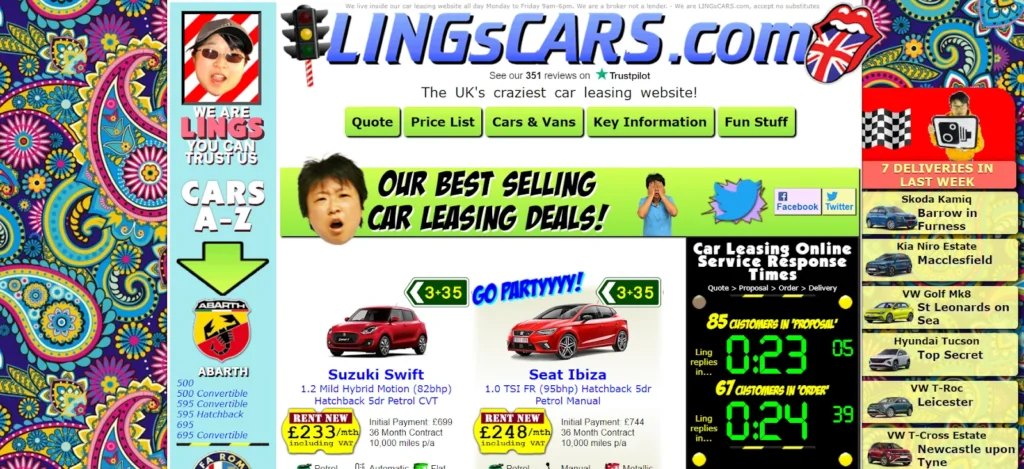
Keeping your UI/UX design clean will help the customers focus on the products better. Also avoid running ads on your website as they can also be a big distraction.
3. Frequent pop-up ads
Getting bombarded with pop-up ads is, again, very annoying and disrupts the buying process. However, you can use the exit-intent pop-ups in some places. They appear when a customer seems ready to leave your site, offering a last-minute incentive like a discount or free shipping.
Pop up example:
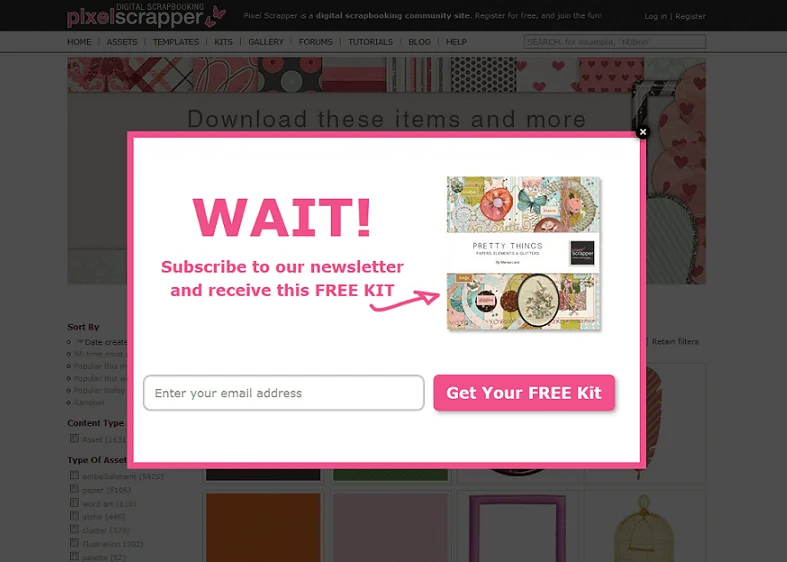
The key is balance. Too many pop-ups, especially intrusive ones that appear right away, will frustrate shoppers.
Here’s how you should do it.
- Only use them for targeted promotions or to capture email addresses.
- Don’t force people to dig through the pop-up to find the product.
How to start your Ecommerce store and start selling for free with Qikink
So, are you ready to launch your e-commerce shop? If you are a beginner and worrying about how to get started, Qikink is here to help.
We help aspiring entrepreneurs by offering a free platform to design, sell, and fulfill orders. Here’s how you can do it.
- Design your products using our user-friendly tools
- Sync your Qikink account with your Shopify Woocommerce storefront and list the items directly.
- Whenever you get an order, Qikink will handle printing, packaging, and shipping on your behalf, so you can simply focus on expanding your product line.
You don’t need to invest in inventory or raw materials, and there are no MOQs. So, start your e-commerce business and sell for free with Qikink.
With over 10+ years of experience in the industry, Our founder has dedicated his career to helping brands achieve exponential growth through innovative print-on-demand solutions.


